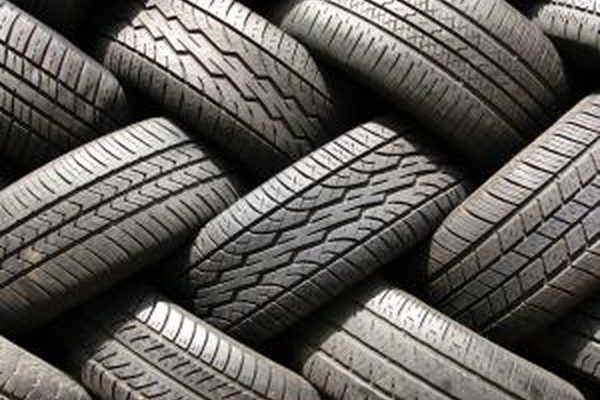Most tires are constructed from some form of rubber. But, “rubber tires” usually refers to tires made entirely from solid rubber. Pneumatic tires are the typical tires we are use to having on our cars and bicycles. They have a solid rubber surface, but the inside is inflated with air.
Advantages
Solid rubber tires cannot go flat. They can get damaged, but it is unlikely that one incident will render a solid rubber tire inoperable, as can happen to a pneumatic tire. Pneumatic tires offer better shock absorption for a smoother ride and are much lighter than solid rubber tires.
Applications
Pneumatic tires are used almost exclusively where weight and ride comfort are a factor, such as on automobiles and aircraft. Solid rubber tires are popular in terrain that could pose puncture hazards to rubber tires, and where ride comfort and weight are less of a factor. Tractors, forklifts and similar equipment often use solid rubber tires.
Maintenance
Solid tires are maintenance-free. They are replaced when they become too worn or damaged. They can withstand punctures and debris, and still operate well. Pneumatic tires, on the other hand, risk failure due to punctures and debris. And even without damage that may cause a flat tire, they must still be checked and refilled with air regularly to keep them inflated properly.
Original Source: https://itstillruns.com/rubber-versus-pneumatic-wheels-7959001.html

